Vinyl Fence Repair Benefits
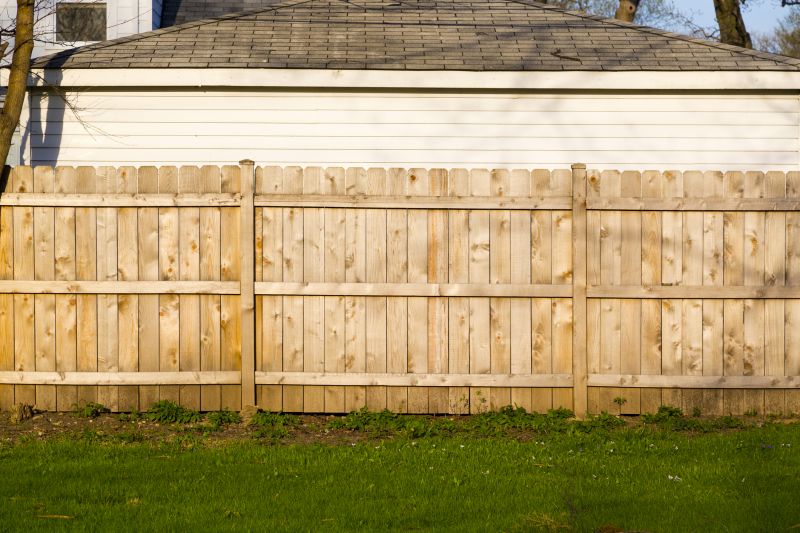
Spring offers moderate temperatures ideal for repairs, reducing the risk of material warping or cracking.
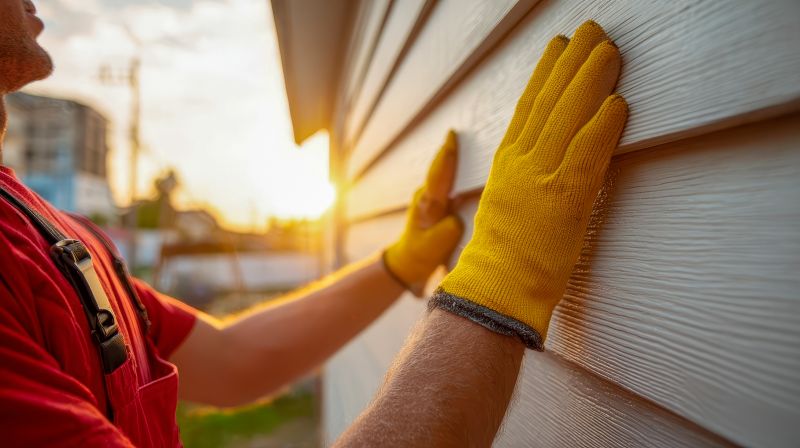
Summer provides longer daylight hours, allowing for flexible scheduling and efficient work completion.
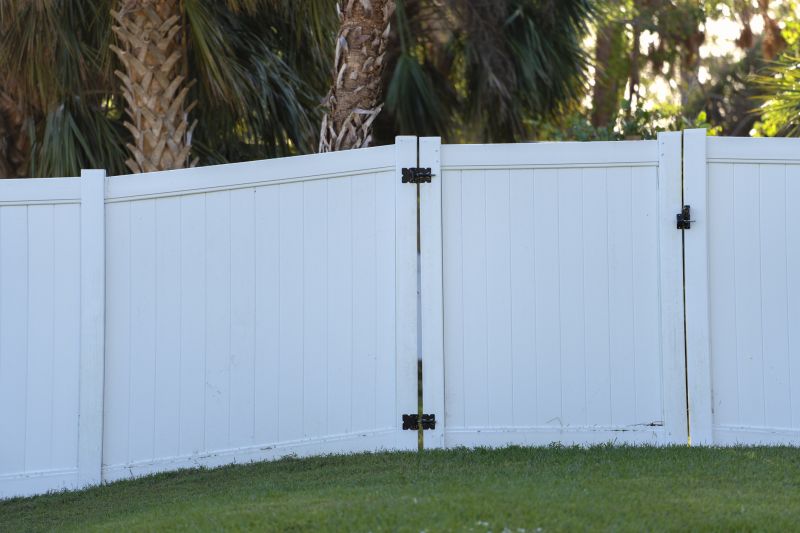
Early fall offers cooler weather and less humidity, which can help in achieving better adhesion and curing.
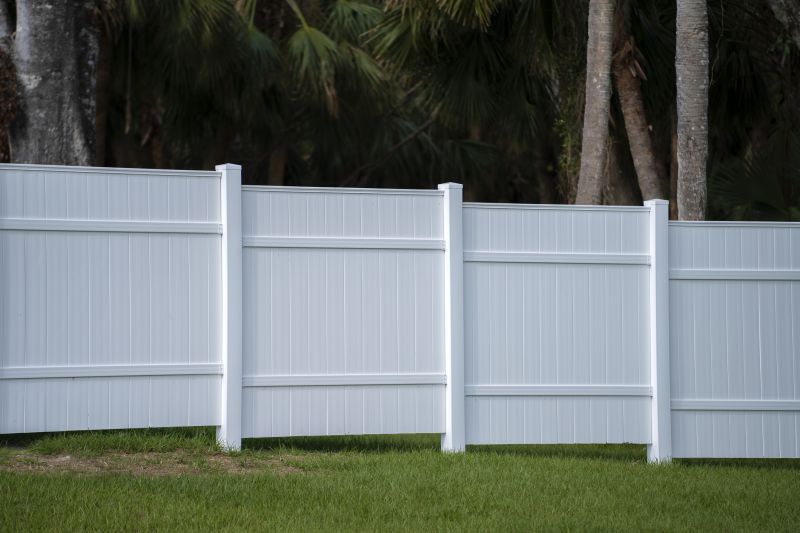
Ways to make Vinyl Fence Repairs work in tight or awkward layouts.
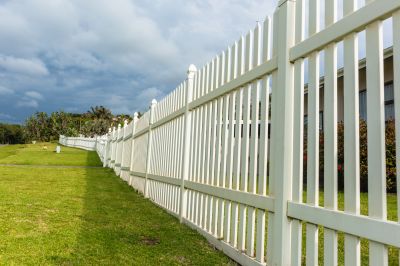
Popular materials for Vinyl Fence Repairs and why they hold up over time.

Simple add-ons that improve Vinyl Fence Repairs without blowing the budget.
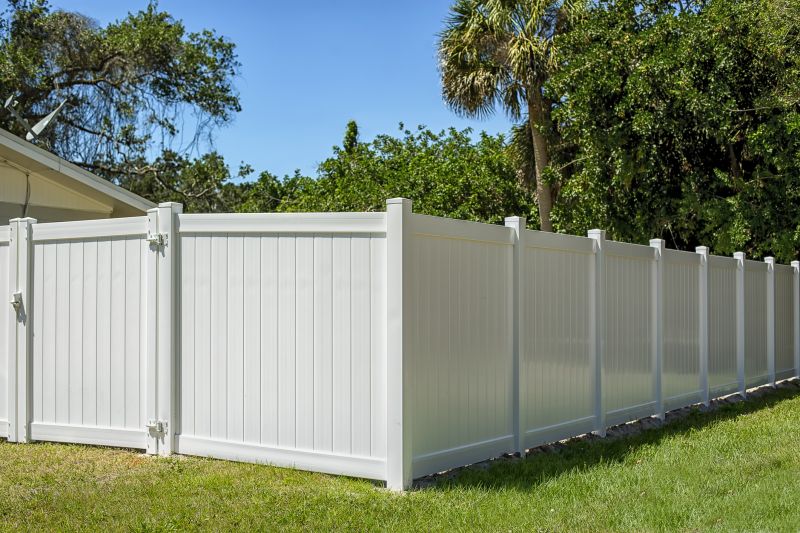
High-end options that actually feel worth it for Vinyl Fence Repairs.
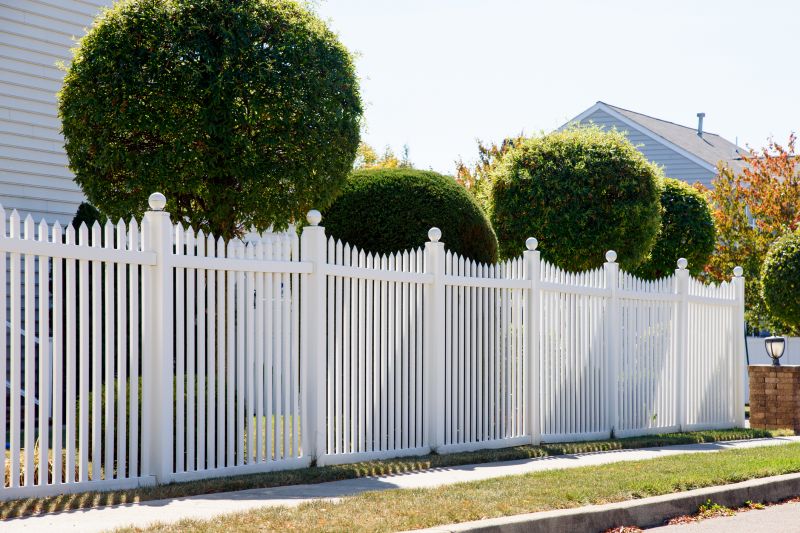
Finishes and colors that play nicely with Vinyl Fence Repairs.
Vinyl fence repairs are essential for maintaining privacy, security, and aesthetic appeal. Vinyl fencing is popular due to its durability, low maintenance, and resistance to pests and rot. However, over time, exposure to weather elements can cause damage such as cracks, warping, or broken panels. Timely repairs help extend the lifespan of vinyl fences and prevent more costly replacements. Statistics indicate that properly maintained vinyl fences can last up to 30 years, making regular repairs a worthwhile investment.
The best time for vinyl fence repairs depends on climate conditions and seasonal weather patterns. Spring and early fall are generally optimal because of moderate temperatures and lower humidity, which facilitate effective repairs and curing. Avoiding extreme heat in summer or freezing temperatures in winter minimizes the risk of material stress and improper adhesion. Planning repairs during these periods ensures better results and longer-lasting fixes.
Extreme weather conditions can compromise repair quality, emphasizing the importance of choosing the right season.
Temperature and humidity influence the bonding and curing of repair materials used on vinyl fences.
Scheduling repairs during mild weather reduces delays and ensures optimal work conditions.
Timely repairs during suitable seasons can significantly extend the lifespan of vinyl fences.
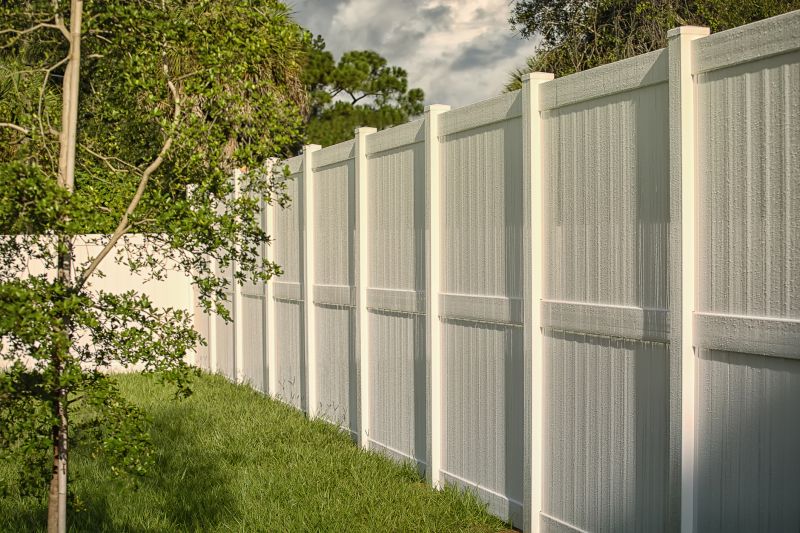
Spring's moderate climate supports effective repairs and curing processes.
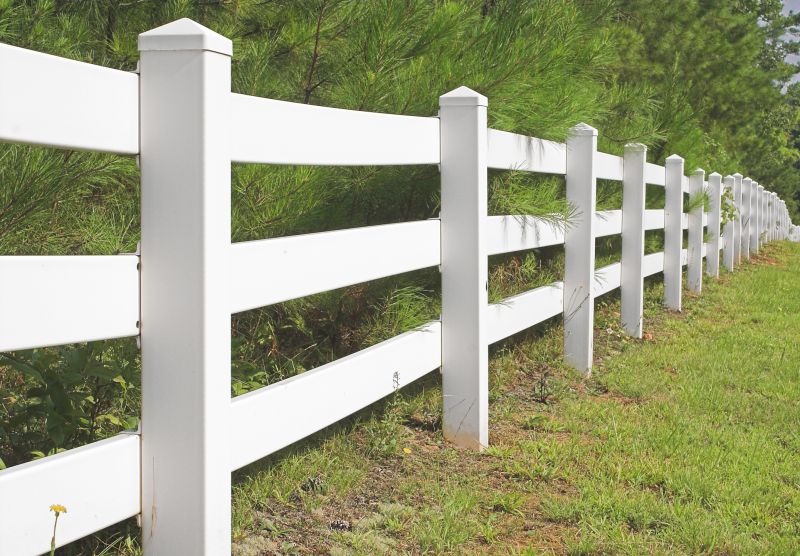
Longer days and warm weather facilitate efficient repair work.

Cooler temperatures help in achieving durable repairs before winter.

Winter repairs are possible with proper planning, but weather conditions may pose challenges.

Little measurements that prevent headaches on Vinyl Fence Repairs day.
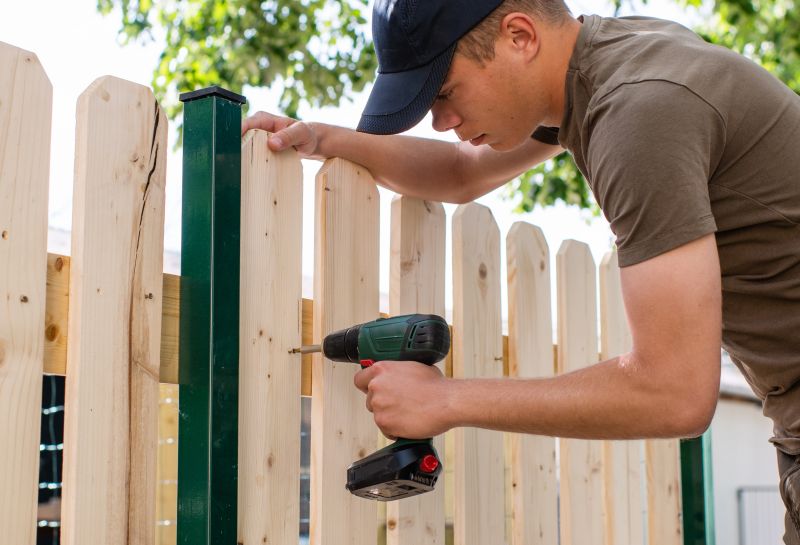
A 60-second routine that keeps Vinyl Fence Repairs looking new.
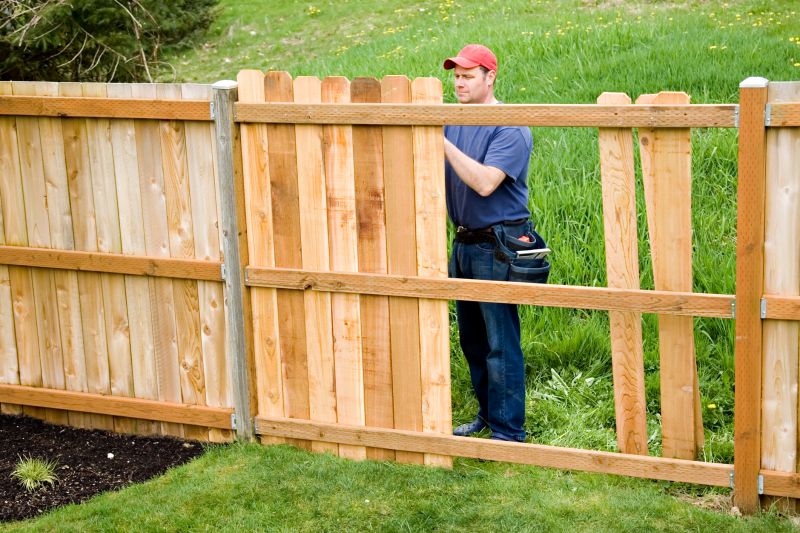
A frequent mistake in Vinyl Fence Repairs and how to dodge it.

Small tweaks to make Vinyl Fence Repairs safer and easier to use.
| Season | Ideal Conditions |
|---|---|
| Spring | Moderate temperatures, low humidity, optimal for repairs |
| Summer | Warm weather, longer daylight hours, good for scheduling |
| Early Fall | Cooler temperatures, less humidity, ideal for curing |
| Winter | Cold and potentially snowy, less suitable but possible with precautions |

Lower-waste or water-saving choices for Vinyl Fence Repairs.
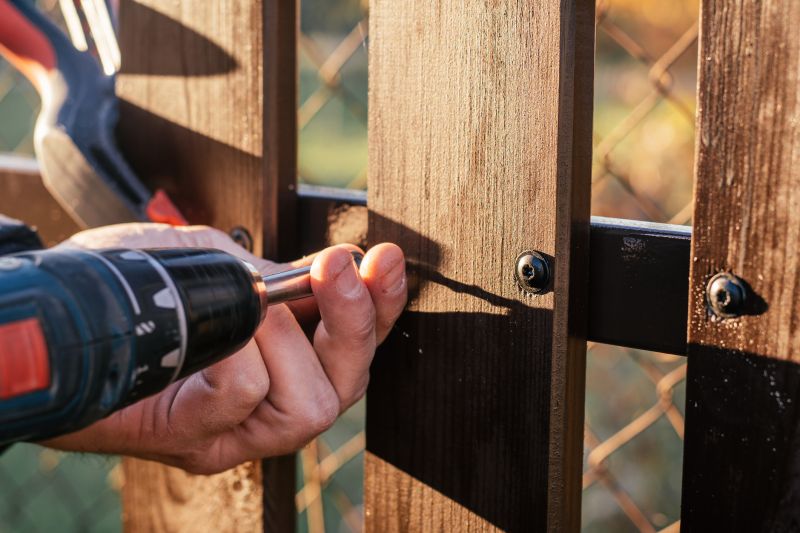
The short, realistic tool list for quality Vinyl Fence Repairs.
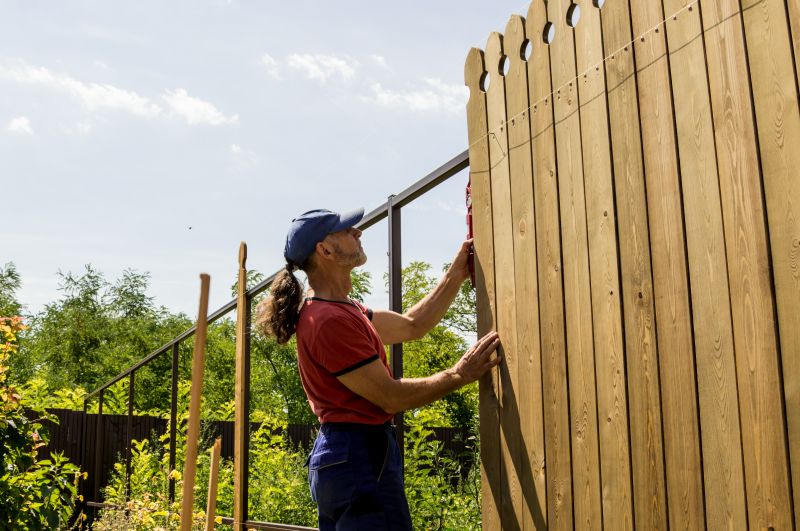
Rough timing from prep to clean-up for Vinyl Fence Repairs.
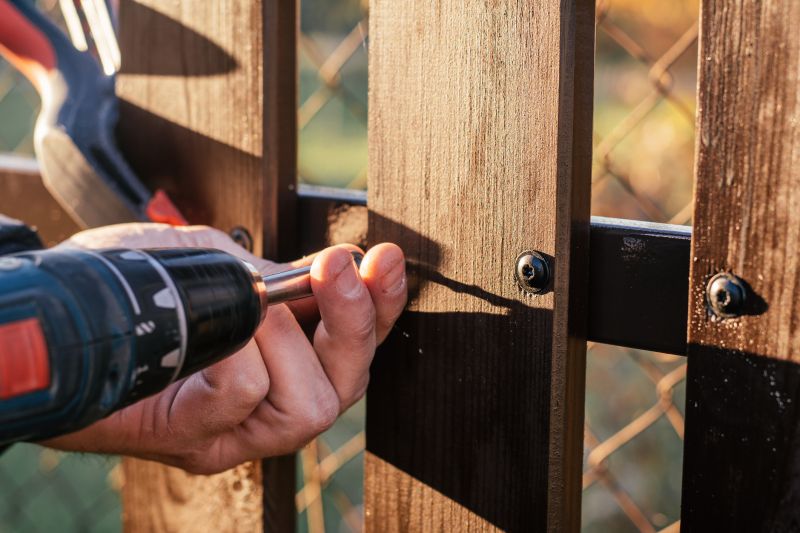
Quick checks and paperwork to keep after Vinyl Fence Repairs.

Examples that show the impact a good Vinyl Fence Repairs can make.
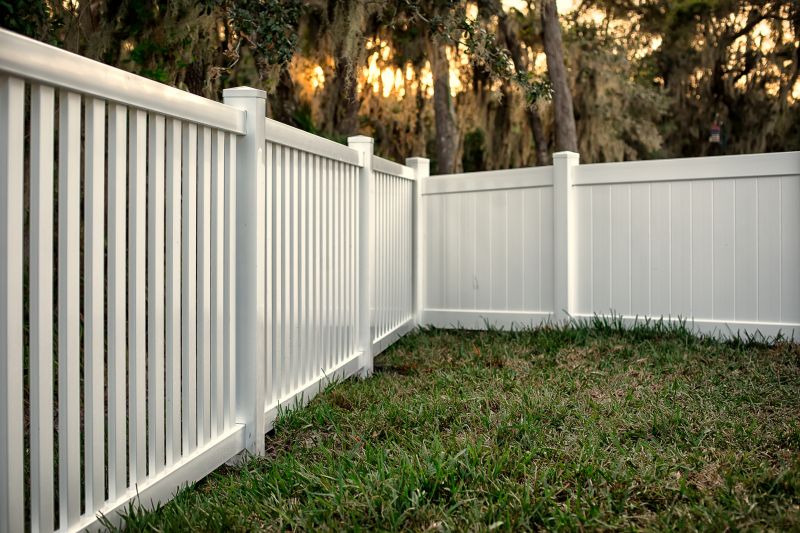
Ways to make Vinyl Fence Repairs work in tight or awkward layouts.

Ways to make Vinyl Fence Repairs work in tight or awkward layouts.
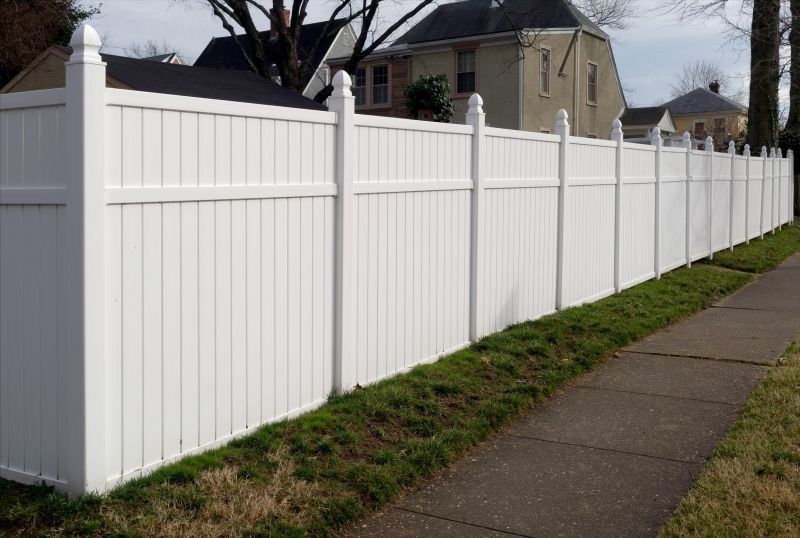
Ways to make Vinyl Fence Repairs work in tight or awkward layouts.
Interested in vinyl fence repairs? Filling out the contact form can provide more information on scheduling and options suitable for each season. Proper timing and planning can ensure durable and effective repairs, extending the life and appearance of vinyl fencing.



